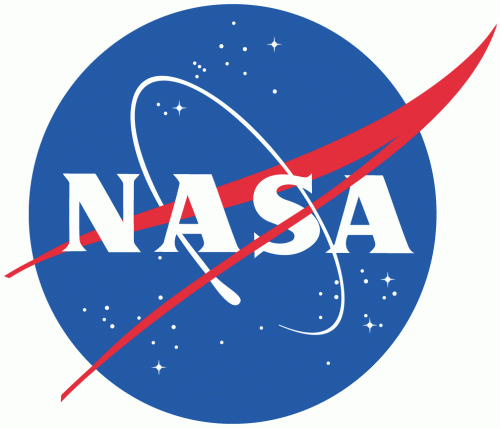NASA asteroid defense program falls short: audit

The US space agency's program to detect and protect the Earth from incoming asteroids is poorly managed and far behind schedule, said a government audit report on Monday.
Just one million of the program's $40 million annual budget is spent on strategies to deflect an incoming asteroid or evacuate areas in danger of impact, said the report by NASA inspector General Paul Martin.
NASA was tasked by Congress in 2005 to establish a program for tracking near-Earth objects (NEO) greater than 140 meters in diameter (460 feet), to decide on their threat and to catalogue 90 percent of these objects by 2020.
"While the program has discovered, categorized, and plotted the orbits of more than 11,000 NEOs since 1998, NASA estimates that it has identified only 10 percent of all asteroids 140 meters and larger and will not meet the 2020 deadline," said the audit.
Furthermore, it described NASA's NEO Program as organized under "a single program executive who manages a loosely structured, non-integrated conglomerate of research activities with little coordination, insufficient program oversight, and no established milestones to track progress."
The report noted that most NEOs are harmless and disintegrate before they reach the surface of the Earth.
However, some survive, it said, pointing to the 18-meter (57-foot) meteor that exploded above the city of Chelyabinsk, Russia in 2013 "with the force of 30 atomic bombs, blowing out windows, destroying buildings, and injuring more than 1,000 people."
Other problems with NASA management of the program included an asteroid redirect mission that was not managed by the NEO program, and "inadequate controls to ensure proper accounting of agency-funded grants and task orders."
The "lack of planning and resources has prevented the NEO Program from developing additional agreements that could help achieve program goals," it added.
"For example, establishing formal partnerships with the Department of Defense, the National Science Foundation, and international agencies could give the NEO Program access to additional Earth-based telescopes and thereby increase its ability to detect, track, and characterize a greater number of NEOs."
The report said NASA spends just seven percent of its $40 million budget on "studying mitigation strategies to defend the Earth from the effects of NEO impacts," including civil defense strategies, emergency evacuations or "attempting to destroy or deflect the trajectory of an Earth-bound NEO."
It urged NASA to manage the program according to standard NASA research program requirements, and to make it a formal NEO program with a strategic plan.
"NASA concurred with the recommendations and proposed corrective actions," the audit said.
© 2014 AFP





















